 Audubon Illustration of Western Kingbird
Audubon Illustration of Western Kingbird
Time Period: Louisiana Purchase through Early Statehood (1803 - 1860)
 Audubon Illustration of Western Kingbird
Audubon Illustration of Western Kingbird
Audubon, John James
Austin v. The State
 Stephen Austin
Stephen Austin
Austin, Stephen Fuller
Baines, George Washington
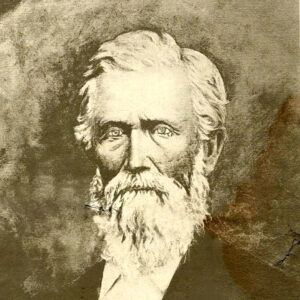 George Washington Baines
George Washington Baines
 Barkman House
Barkman House
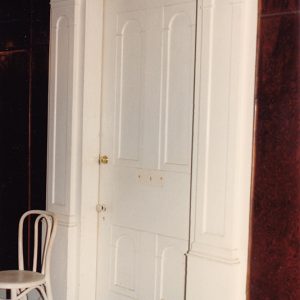 Barkman House Interior Door
Barkman House Interior Door
 Barkman House Staircase
Barkman House Staircase
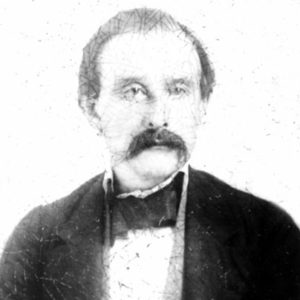 Jacob Barkman
Jacob Barkman
Barkman, Jacob
 James E. M. Barkman House Exterior Door
James E. M. Barkman House Exterior Door
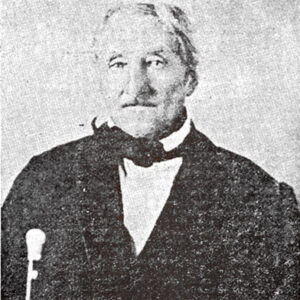 Antoine Barraque
Antoine Barraque
Barraque, Antoine
Barron-Craig House
 James W. Bates
James W. Bates
Bates, James Woodson
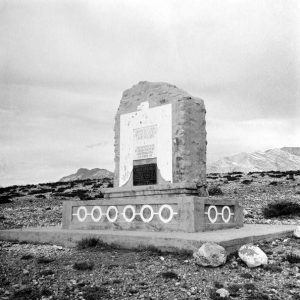 Battle of Buena Vista Memorial
Battle of Buena Vista Memorial
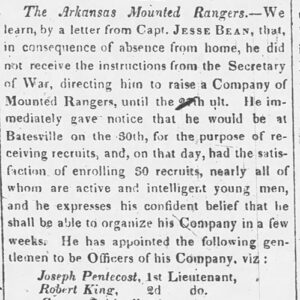 Bean's Rangers
Bean's Rangers
Bean’s Rangers
Beard, Willis (Execution of)
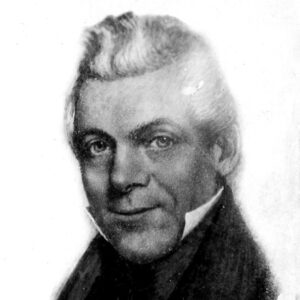 Roswell Beebe
Roswell Beebe
Beebe, Roswell
Belle Zane [Steamboat]
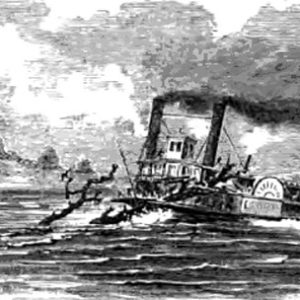 Belle Zane Steamboat
Belle Zane Steamboat
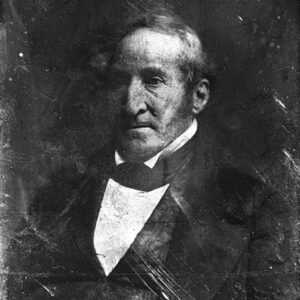 Thomas Hart Benton
Thomas Hart Benton
Bertig, Adolph
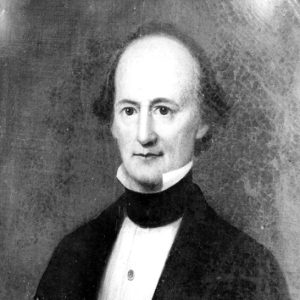 Charles Bertrand
Charles Bertrand
Bethel Cemetery
aka: Old Bethel Cemetery
 Big Bear of Arkansas Illustration
Big Bear of Arkansas Illustration
Big Bear of Arkansas, The
Black, James
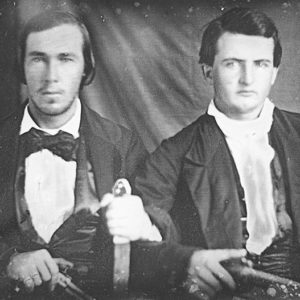 James Black & Jacob Buzzard
James Black & Jacob Buzzard
Blackburn, Sylvanus
Blackfish Lake Ferry Site
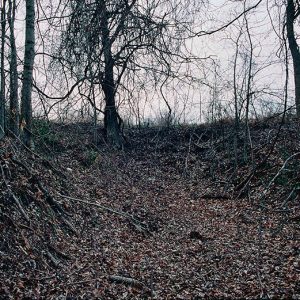 Blackfish Lake Ferry Site
Blackfish Lake Ferry Site
 Abraham Block
Abraham Block
Block, Abraham
aka: Abraham Bloch
Block, Frances Isaiah Isaacs (Fanny)
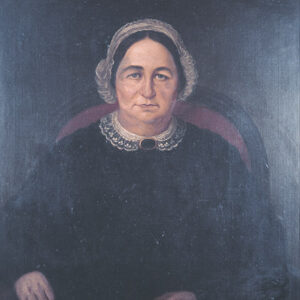 Fanny Block
Fanny Block
Bob (Lynching of)
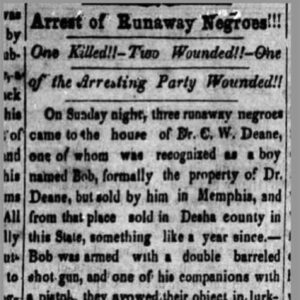 Bob Lynching Story
Bob Lynching Story
 Bob Lynching Story
Bob Lynching Story
 Solon Borland
Solon Borland
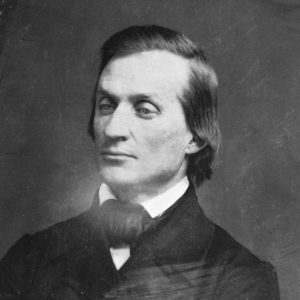 Solon Borland
Solon Borland
Borland, Solon
 Thomas M. Bowen Story
Thomas M. Bowen Story




